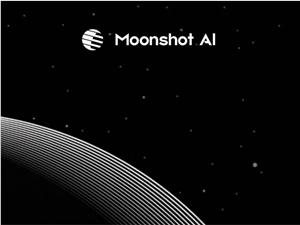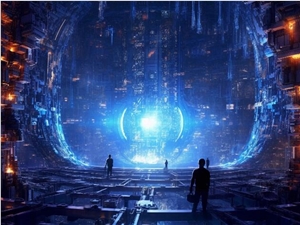AI video generation technology is reaching a decisive turning point. While creators were still struggling with the randomness and unpredictability of AI videos, Keling AI has already provided a perfect solution with concrete actions. The new "first and last frame" feature based on the upgraded 2.1 model has been officially released. This technological breakthrough, with a 235% improvement in performance, has completely changed the rules of AI video creation, making precise and controllable video generation a reality from a once-dreamed concept.
The 235% improvement figure hides profound implications of a technological revolution. For professionals familiar with AI video generation technology, such a performance leap is almost unimaginable. It's important to note that during the iteration from the 1.6 model to the 2.1 model, Keling AI not only fundamentally restructured its algorithm architecture but also achieved a qualitative breakthrough in the quality and scale of training data. This comprehensive technological upgrade ultimately translates into a significant improvement in user experience, transforming AI video generation from a rough concept validation tool into a professional-level creative platform.

The core value of the first and last frame feature lies in granting creators unprecedented control over their videos. Traditional AI video generation often felt like a gamble, where users would input text descriptions and passively wait for the system to generate results, unable to precisely control the direction of the video. Keling AI's first and last frame technology has completely broken this passive situation, allowing creators to clearly specify the starting and ending frames of the video, letting the AI generate smooth and natural transition content between these key points.
This level of precise control is not simply a technical patchwork, but rather a deep understanding of video spatiotemporal continuity through advanced deep learning algorithms. The 2.1 model, by analyzing massive video data, has learned how to generate intermediate frame sequences that conform to physical laws while being creatively expressive, under given initial and final constraints. Each frame must consider its continuity with the preceding and following frames, ensuring the entire video presents a smooth and visually pleasing result.

The advertising and marketing field will be one of the biggest beneficiaries of this technological breakthrough. Brands can now precisely control the opening and closing frames of advertisement videos, ensuring brand elements and core messages are perfectly presented, while allowing AI to leverage its creative strengths to generate engaging middle transition content. This human-machine collaboration approach not only significantly improves the efficiency of ad production but also enriches the diversity of creative expression.
The film and television production industry will also gain tremendous value. Directors and producers can use the first and last frame feature to quickly create concept preview clips, allowing investors and team members to visualize specific visual effects before the official shoot. This rapid prototyping capability reduces pre-production communication costs and provides intuitive references for creative decisions. Especially in sci-fi and fantasy genres that require numerous special effects shots, AI-generated previews can help the creative team better plan the shooting schedule and post-production process.
Short drama creators will also encounter new creative possibilities. In an era where content reigns supreme, short drama creators need to produce compelling content within limited time and budget. Keling AI's first and last frame feature allows them to quickly generate various scene transitions and plot developments, greatly reducing the barriers to creation and enabling more creative individuals without technical resources to realize their artistic visions.
The transformation in the animation production field is even more profound. Traditional animation production requires a lot of manual drawing and tedious post-processing, but the introduction of AI technology is changing this status quo. Animators can now focus on designing keyframes and creative concepts, leaving the generation of intermediate frames to the AI. This collaborative division of labor not only enhances production efficiency but also allows animators to dedicate more energy to core creative work such as storytelling and character development.
Technological breakthroughs have also set a new benchmark for the entire AI video generation industry. The 235% performance improvement is not just a numerical leap, but also represents overall progress across multiple dimensions, including algorithm optimization, data quality improvement, and computational efficiency enhancement. This technological leading advantage will help Keling AI secure a favorable position in the competitive market and push the entire industry toward higher technical standards.









